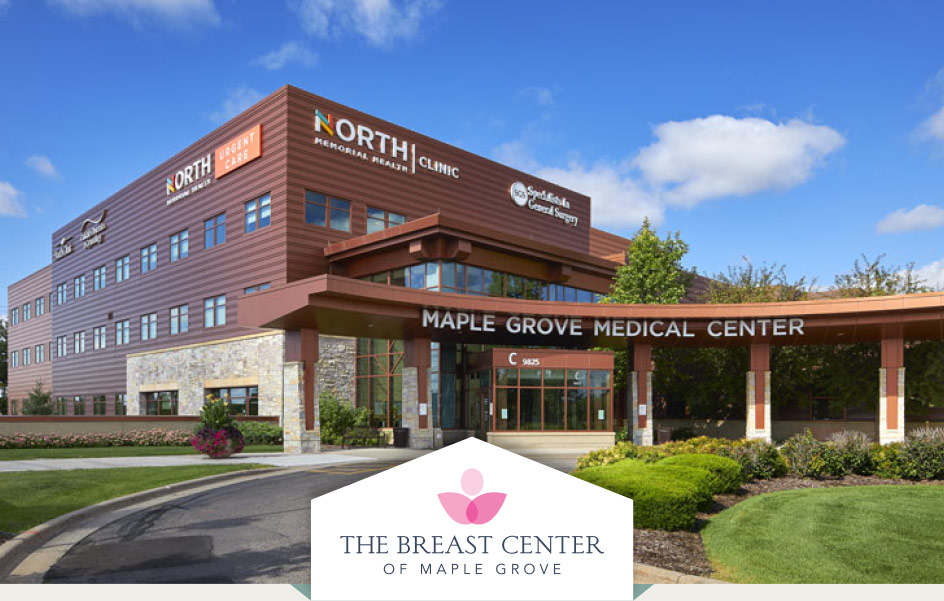In a previous article, we shared information on what breast biopsies are and why they’re recommended to help diagnose abnormalities discovered on a mammogram. We also touched on the different types of biopsies available. Many of which may be performed in a clinical vs. surgical setting.
One such procedure we’d like to explore more is known as an ultrasound-guided breast biopsy.
When you first hear the word “ultrasound”, you might think this type of procedure is only used to capture the growth and development of a child while still in the womb. Though prenatal screening is a very common use for ultrasound technology, it may surprise you to learn that ultrasounds are often utilized for many diagnostic screenings, including:
- Vital organs (e.g., heart, kidneys, eyes, etc.)
- Blood vessels
- Thyroid
- Brain
- Skin
- Muscles
Among these essential areas of the human body, medical ultrasounds are also used to screen breasts to locate any abnormal masses or detect changes in appearance to your breast tissue.
“[An ultrasound] is useful because it can often tell the difference between fluid-filled masses like cysts (which are very unlikely to be cancer) and solid masses (which might need further testing to be sure they’re not cancer),” (American Cancer Society).
What Is an Ultrasound-Guided Biopsy?
A breast ultrasound is a minimally-invasive imaging technique that uses high-frequency sound waves to produce images of the breast structure and tissues. Again, this allows the radiologist to locate any abnormalities or changes in appearance.
Using this technology, the radiologist can retrieve a sample of your tissue to test in a lab.
How This Works
Once your radiologist is able to locate an abnormality, he or she will administer a local anesthetic to numb the appropriate site. Your radiologist will then continue to use the ultrasound to guide a needle to the abnormal growth. From there, he or she will remove some of the affected tissue that is later used for testing and diagnosis.
Is an Ultrasound-Guided Biopsy Painful?
When undergoing any type of procedure—whether it’s considered non-invasive or surgical—it’s normal to feel a bit apprehensive about what’s involved in the process.
Because a local anesthetic is applied prior to the insertion of the needle, you should feel little-to-no discomfort. Just remember everyone is different.
If you are feeling nervous about your upcoming procedure, be sure to discuss your concerns with an experienced women’s health team.
At The Breast Center of Maple Grove, our care team will answer all your questions and will even sit right beside you during the biopsy, if you desire the company and support.
How Is the Procedure Performed?
Ultrasound imaging involves the use of a hand-held instrument called a transducer (or ultrasound probe). This device helps send sound waves out to the area. Once the sound waves hit an object, it will bounce back as an echo.
To begin the procedure, your radiologist will have you lay down horizontally and apply a gel onto your skin [i.e., the area that is being examined]. The transducer is then placed against your skin and moved around to send out the sound waves.
When the device receives echos, it creates an image on a nearby monitor. Your radiologist will use these real-time images to guide the biopsy needle through the skin and into the targeted area. From there, he or she can safely and accurately remove the tissue samples needed for further diagnosis.
Will I Experience Bruising?
Because the needle will penetrate the skin, it’s normal to experience a small amount of bleeding. You may also experience light swelling or soreness in the affected area.
Your doctor may recommend an over-the-counter pain reliever to help alleviate any discomfort.
If you do experience excessive bleeding, swelling, or inflammation in the breast area, you will need to contact your doctor for further instructions.
How Long Does an Ultrasound-Guided Breast Biopsy Take?
Because this type of biopsy is minimally invasive, it’s performed as an outpatient procedure. This means you won’t need to worry about staying overnight at a hospital or clinic. In fact, on average, the entire procedure may take no longer than 60 minutes to complete.
A few other noteworthy benefits:
- This procedure leaves little-to-no scarring
- It uses no ionizing radiation
- It’s typically less expensive than other types of biopsies. Although, you’ll want to be sure to check with your insurance provider for more details on coverage.
Where Can I Learn More About Breast Biopsies?
To find more information on the different types of breast biopsies, please visit our vast library of resources for tips on how to prepare yourself, as well as what your options are after receiving abnormal mammogram results.
Need to Schedule a Breast Biopsy?
If you are interested in scheduling a breast biopsy, or would like more information, please contact us by phone at 763-398-6370 or fill out our online form. A member of our team will get right back to you!
We also offer convenient walk-ins and same-day appointments at our location, so you can get the support you need on your schedule.

